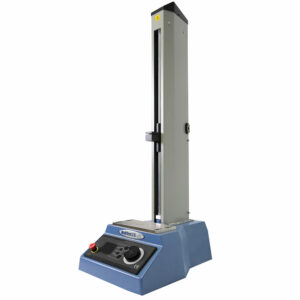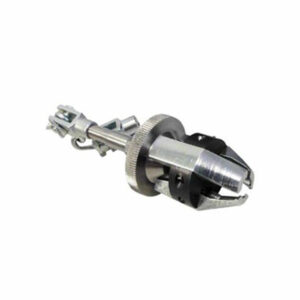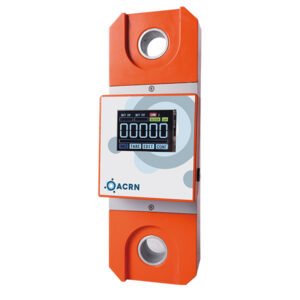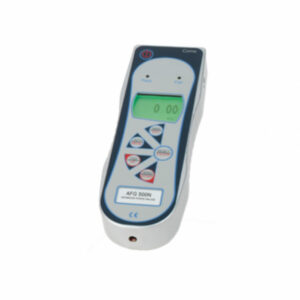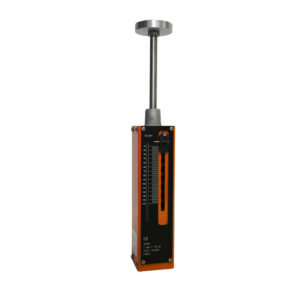Force and dynamometry
The dynamometer is a mobile device that measures forces in tension and compression. It is still called a manual dynamometer.
- The electronic dynamometer works with a force sensor. A current differential linked to the deformation of the sensor under the load is interpreted in a force unit (Newton, Kilogram, …) thanks to the digital display.
- The mechanical dynamometer works mainly with a spring so the known compression or extension allows measurement. This is the principle of the load cell.
Both types of dynamometers have advantages and disadvantages.
The mechanical dynamometer is robust, and can operate in hostile environments or locations. But it is less accurate, and more difficult to repair.
On the contrary the electronic dynamometer is more accurate, more compact. The electronics allows to add many function to it (detection of peaks, rupture, breakage,…). It allows the use of data, communication with a compression and traction test bench to perform complex tests. It is easier to repair. It is the most widespread in industrial uses.
Among this range, there are also high-capacity dynamometers still called lifting dynamometers.
-
Compression tensile bench (5)
-
Accessories for test stand and dynamometer (28)
-
High capacity dynamometers (2)
-
Electronic dynamometers (6)
-
Mechanical dynamometers (3)
What is a dynamometer or a force gauge?
The dynamometer is a device for measuring a force or torque using a sprinThis object is found in multitudes of industries and in various departments (research, quality, laboratory, production and many others) we note however that the majority of dynamometers are now digital.
When was the first dynamometer built? ?
The first modern machine dates back to the beginning of the Eighteenth Century by Régnier who invented a tool capable of measuring human but also animal muscle strength. But it is in 1768 that this dynamometer meets a great success because it makes it possible to test the value of the animals. This device was at the time made of an elliptical spring in forged steel covered with lead, this spring was surmounted by a double brass scale with a needle with two arrows allowing the measurement. The dynamometer is used today to measure various things from daily life To check the compliance of an object.
What are the fields of application of a force gauge?
If he is very popular in the industry, the dynamometer also has important applications in the areas of research and development. In industry, it is used to perform 90° peel tests, lugs pull-out tests or electronic components tests. There are also applications of the dynamometer in the automotive industry. In this case, it is used to measure the force required to operate the turn signal or the control buttons on the dashboard.
Similarly, the dynamometer is also used in the health field, particularly in sports medicine, functional rehabilitation or occupational medicine. This is referred to as a medical dynamometer. There are different types. Here, the dynamometer is used to measure the strength of a muscle or a set of muscles. In a therapeutic context, the dynamometer is useful for the rehabilitation of a patient suffering from neuromuscular disorders, tendon injuries, etc.
In addition, it is also useful for performing medical equipment testing, pharmaceutical container testing, etc. The dynamometer is also the preferred instrument in the realization of packaging tests in food processing and container tests in the cosmetics sector.
Which dynamometer to choose from a mechanical dynamometer or a electronic dynamometer ?
Whether needle or digital, force gauges are available in various capacities. You will then choose your model taking into account the objects whose weight you wish to determine.
ACRN also offers tension/compression benches coupled with a dynamometer or a loadcell.
ACRN is both a manufacturer of these dynamometers and also partners with proven brands, including Mecmesin. We can therefore offer you equipment adapted to your present and future needs, while respecting your budgets and constraints.

